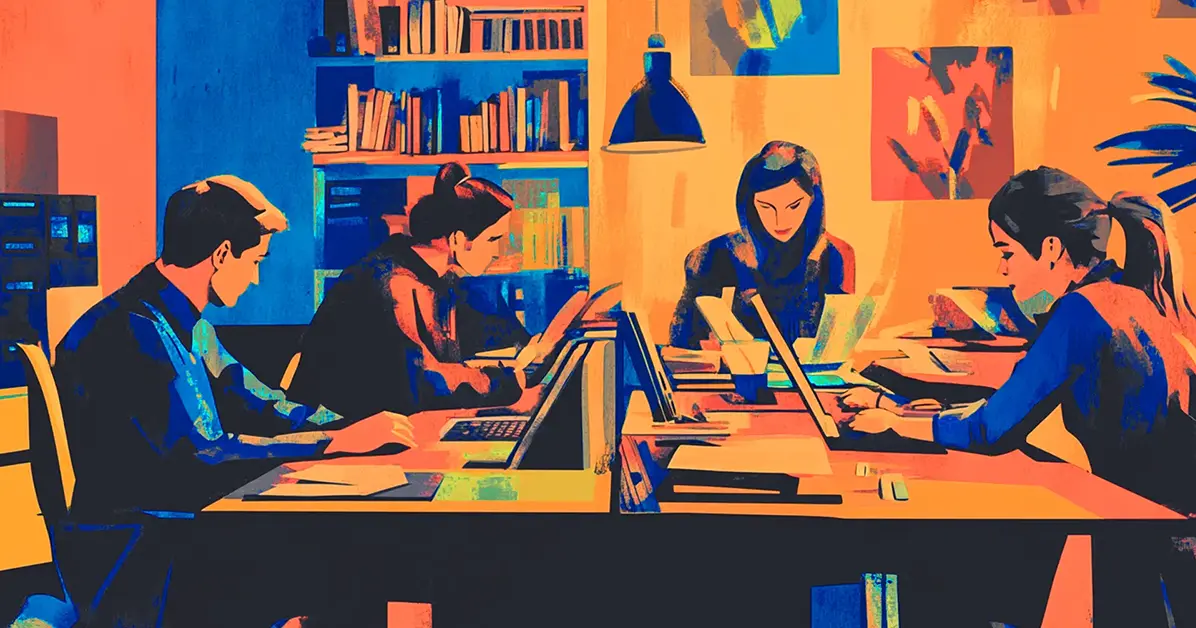How silos are preventing a seamless customer experience
It makes sense right? Structure your organisation into the parts that belong together. Digital with digital, direct customer contact channels with direct customer contact channels, mobile with mobile, web with web, silos within silos. But guess what? Your customers don’t care how your organisation is structured. At every touch point when they need something from you, all they want is to be helped, supported and valued.
A great customer experience rarely starts with “I’d like to help but…” yet so many companies delineate the experience they provide by department. The net result of this is an inconsistent experience leaving customers confused, put out, and thus complaining. And to paraphrase Jeff Bezos, founder of Amazon, if you make people angry, with the power of social media, they can now tell 6000 friends instead of 6.
Traditional corporations, particularly large-scale service and manufacturing businesses are organized for efficiency. Or consistency. But not joy. Joy comes from surprise and connection and humanity and transparency and new
Seth Godin
Silos absolutely create efficiencies, however, research conducted all the way back in 2012 showed that the largest impediment to desirable customer experience was ‘silo mentality’. Observed in this research “People are tribal. Sales don’t like Marketing and vice versa. Operations think they do the real work, everyone hates Finance! People are naturally focused on their own department, their own problems, their own job and their own status”.
Design to overcome the silos
Here’s where customer experience design, user experience design and service design combine to cohesively and consistently bridge the silo divides by focussing on the human. Most practitioners have their own definitions of all of these terms. Google it. Hours of fun! For our purposes here, I’ll give you mine.
User Experience
User Experience (UX) design is designing for a specific customer touch point — when a customer needs something from your product or service. A touch point is not a channel (like ‘website’ or ‘call centre’). It’s a moment in time when your customer interacts with you and you deliberately and thoughtfully design for that interaction. Still with me?
Customer Experience
Customer experience (CX) design looks at the holistic journey a human goes on to achieve an outcome via your product or service. They come from somewhere, they go through a series of interactions and finish with their needs met (hopefully). CX is designing for all those micro needs no matter what the touch point and stitching it together to create a cohesive, consistent and positive experience.
Service Design
Service Design supports the customer journey and the interaction touch points by deliberately and thoughtfully designing all the under pinning operational processes and systems to serve the customer. This ensures customers are never stranded in a “service crevasse” (thanks Andy Polaine for that one) as they unknowingly transition across departments in the organisation. This considered design ensures the customer never knows they’re being handed from one part of the organisation to another. As far as they’re concerned, the experience they have on the Hilton website should completely match the phone conversation with reservations. It should match the check in desk experience, the in room dining, the checkout experience. They don’t care that these are completely separate parts of the company. And nor should they have to. So don’t make them.
Know your customers, know your staff
Customers and staff are two sides of the same coin. Companies spend huge amounts investigating their customers’ experiences, yet very few spend the same on understanding their staff experience. The experience you provide your staff through their tools and process directly affects the experience they can then provide for your customers. Crappy tools equals conversations with customers that go “Oh….sorry, I can’t help you with that. It’s another part of the system. I can transfer you to the person who does that…please hold” which of course equates to customer fury.
Case Study
Syfte worked with one of Australia’s major financial institutions and undertook 107 observations of their staff, across 18 different siloed departments, covering 76 different job roles and watched how they were using their systems and tools. The result of this was the organisation getting a huge number of insights into what kind of service they were enabling their employees to deliver and a laundry list of things to change, train and strategic points to apply service design methods.
The key to overcoming silos is to provide a common rallying point for all departments: the human beings using your products, your services and the staff who support them. Do the research, tell stories about what you see and in revealing the pains, you can find gains.
How have you applied UX, CX and Service Design in your organisational silos? I'd love to hear more.
Latest.

Australian AI Tech: Our untapped business advantage.
Technology, Thought Leadership

5 simple (but powerful) ways to shine in your design interview.
Job Seeker, Design

How to demonstrate the value of your design team in 2025
Thought Leadership, Design, Industry Trends, Leadership



